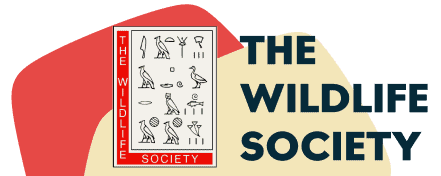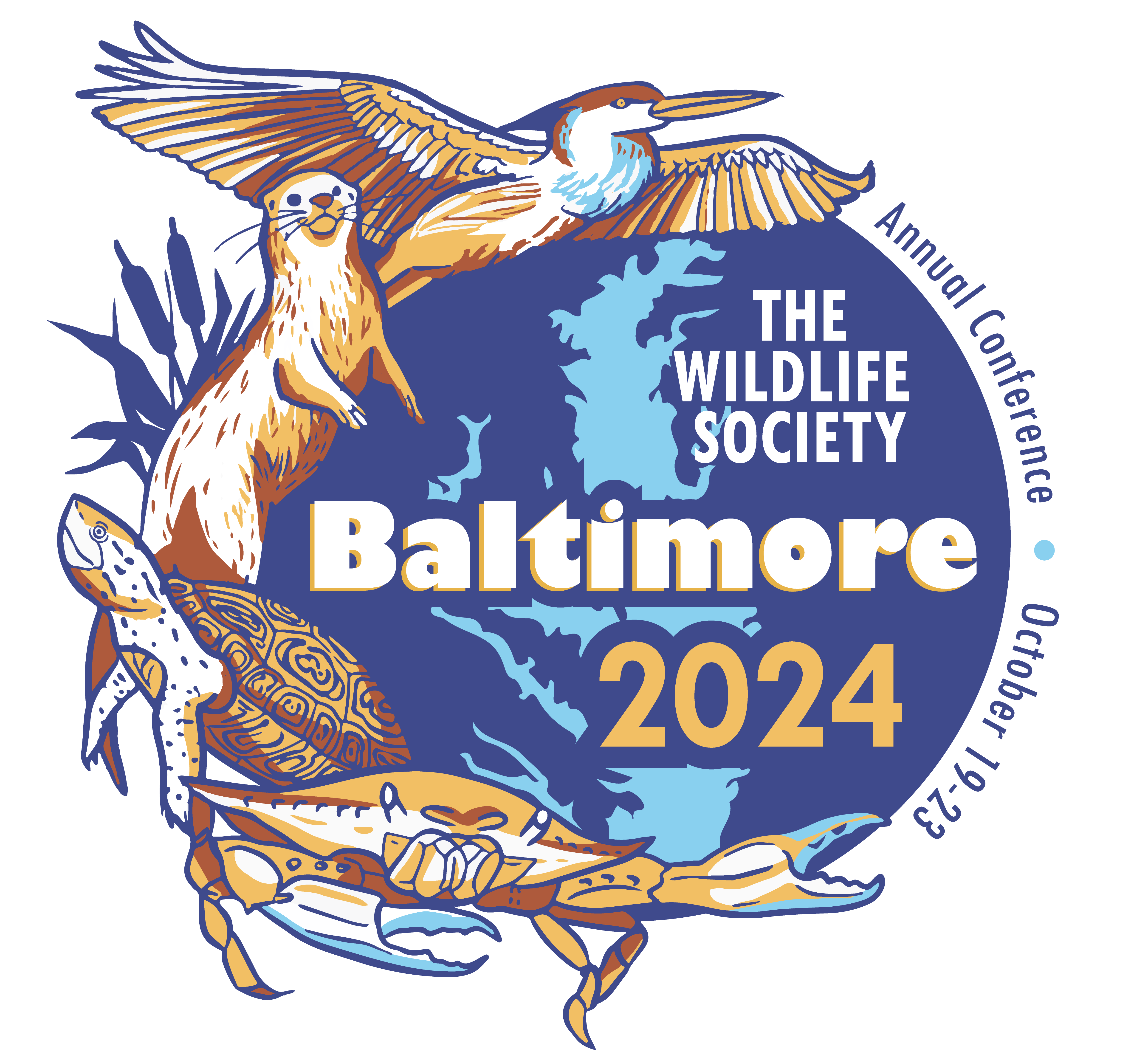- News
-
-
-
-
-
Latest News Articles
- Computer model explores Tribal use of fire for ecosystem health April 26, 2024
- 2024 TWS Elections: Southwest Representative April 25, 2024
- Can these butterflies fill the gap left by their extinct relative? April 25, 2024
-
-
-
- Wildlife Professional Resources
-
- Our Network
-
- PUBLICATIONS
-
-
Recent Posts
-
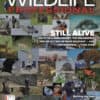 The Wildlife Professional November/December Issue
November 1, 2023
The Wildlife Professional November/December Issue
November 1, 2023
-
-
-
-
-
-
- Wildlife Events
-
-
-
Upcoming Webinars
- No Events
-
-
-
- Who We Are
-
Tag: museum specimens
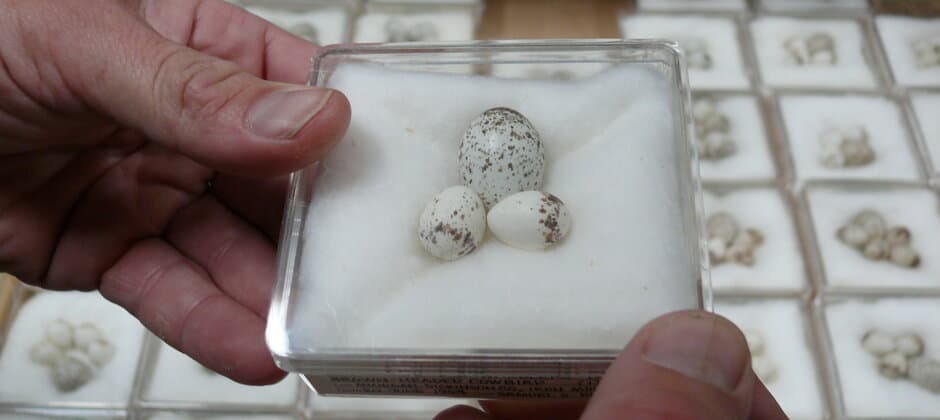
April 1, 2022
Birds shift egg-laying time with climate
Some birds in Chicago are laying eggs as much as 25 days earlier than they did about a century ago. Researchers say that’s because as the climate warms, vegetation and...
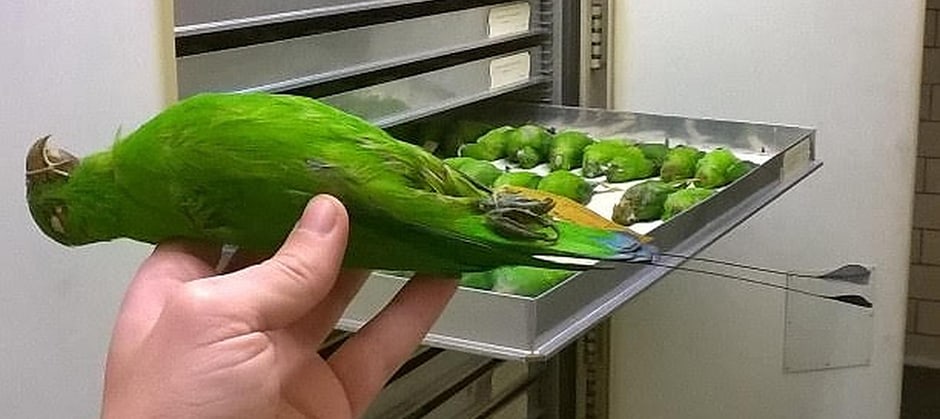
March 30, 2022
Less biodiversity means more bird extinction
Conservationists often focus on protecting individual species to help maintain biodiversity. But researchers found that protecting biodiversity may be a good way to prevent extinction. Brian Weeks, an assistant professor...
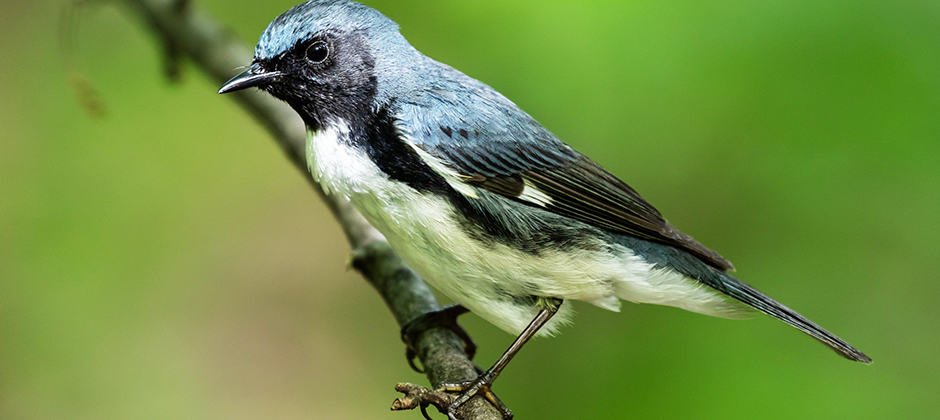
March 16, 2022
Brainier birds deal better with climate change
When researchers in Chicago studied museum specimens of birds that died from window strikes, they discovered a trend. Since the 1970s, a warming climate was causing many species of birds...

May 23, 2019
American bumblebee declines in Canada
When the once common rusty-patched (Bombus affinis) bumblebee disappeared from Canada by the early 2000s, researchers became worried. What would this mean for less common bumblebee species? “This raised the...
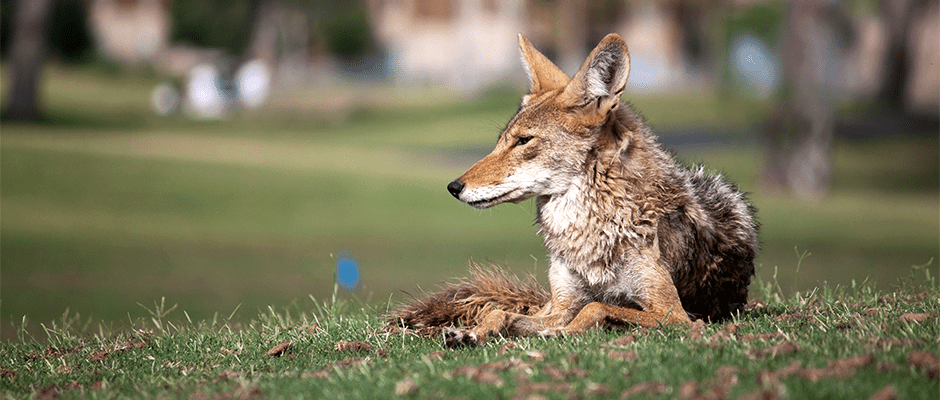
June 15, 2018
To chart coyotes’ expansion, study looks back 10,000 years
The most popular coyote (Canis latrans) range maps that have made their way across the internet — and even into publications such as Nature and National Geographic — are not...

April 5, 2018
Ravens turn evolution on its head
Two lineages of the common raven (Corvus corax) in western North America have been fusing for thousands of years, researchers found, in what they say is one of the first...
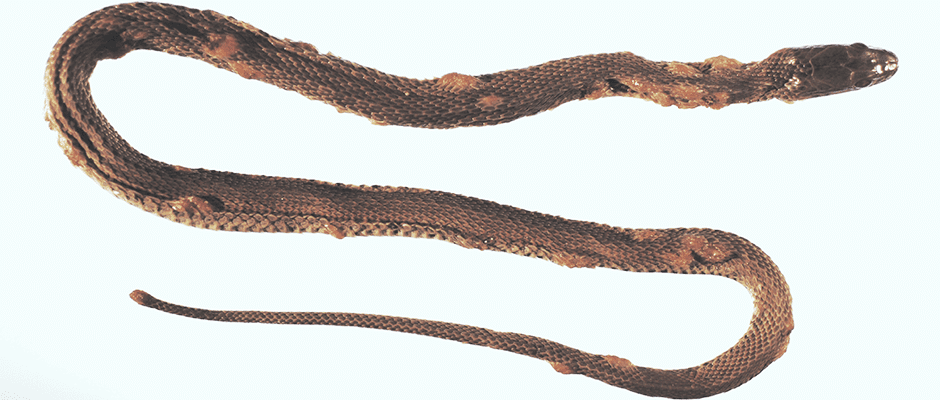
December 28, 2017
Deadly snake fungal disease doesn’t discriminate
Snake fungal disease infects snake species regardless of their ancestry, physical characteristics or habitats, according to new research. “It was totally randomly dispersed,” said Frank Burbrink, curator of herpetology at...
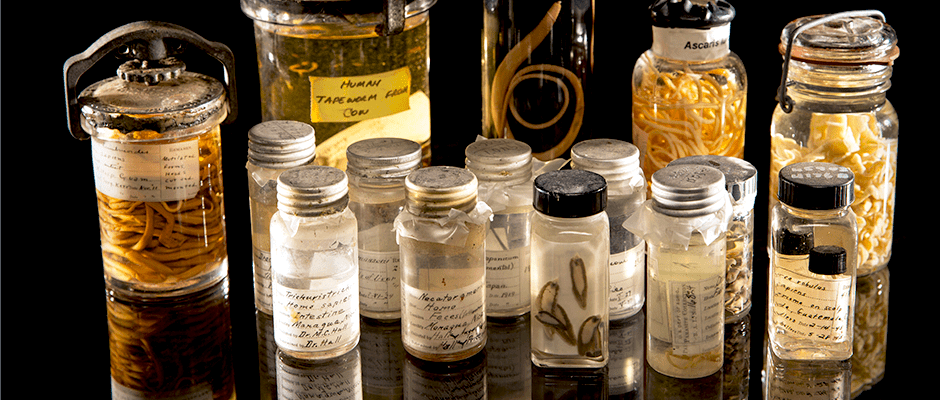
September 18, 2017
Climate change threatens parasites with extinction
Next to polar bears clinging to melting icebergs drifting through the sea, slimy, coiled worms floating in jars of formaldehyde might not make much of a case for conservation. But...
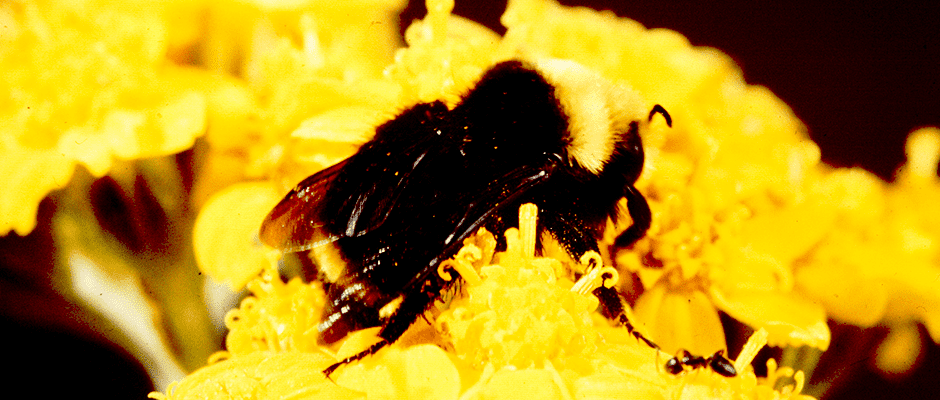
September 8, 2016
Native bees struggle to compete in drought-stricken California
Introduced honey bees (Apis mellifera) may be hogging the flowers on California’s central coast, outcompeting native pollinators. When researchers surveyed bees in undisturbed meadows over 13 years, they saw alarming...
